Washing and Winding
Image: Carpet Dyehousemen washing skeins of woollen yarn after dyeing in the water of the River Stour, Kidderminster. J Knox Ferguson, <i>Old Kidderminster</i> (n.d.).
Image from: Bewdley Museum
Each of the larger factories had its own warehouse and dye-house, often with direct access to the river Stour for washing the dyed yarn. The process was potentially hazardous for the dyehousemen. One observer watched them “standing on little platforms over the river balancing gaily coloured skeins of yarn in the water on long poles to cleanse them loose from dye with the skill of acrobats”. The yarn was then dried and wound onto bobbins by female bobbin winders, before being collected by the independent weavers.
« Previous in this sectionNext in this section »Continue browsing this section
 Made in Kidderminster: the History of the Carpet Industry
Made in Kidderminster: the History of the Carpet Industry
 The Origins of Carpet Making in Kidderminster
The Origins of Carpet Making in Kidderminster
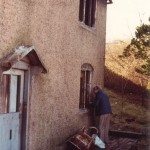 The Origins of Carpet Making in Kidderminster
The Origins of Carpet Making in Kidderminster
 The Origins of Carpet Making in Kidderminster
The Origins of Carpet Making in Kidderminster
 Handloom Weaving
Handloom Weaving
 The Factory System
The Factory System
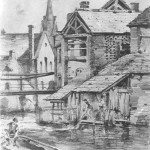 Washing and Winding
Washing and Winding
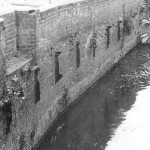 Washing and Winding
Washing and Winding
 Technological Changes: the Scotch Loom
Technological Changes: the Scotch Loom
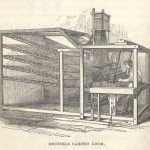 Technological Changes: the Brussels Loom
Technological Changes: the Brussels Loom
 Technological Changes: the Jacquard Loom
Technological Changes: the Jacquard Loom
 The Kidderminster Carpet Industry and the Wider World
The Kidderminster Carpet Industry and the Wider World
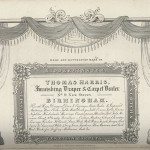 The Kidderminster Carpet Industry and the Wider World
The Kidderminster Carpet Industry and the Wider World
 Working Conditions in Kidderminster Carpet Factories
Working Conditions in Kidderminster Carpet Factories
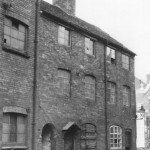 The Great Strike of 1828
The Great Strike of 1828
 The Aftermath of the Great Strike of 1828
The Aftermath of the Great Strike of 1828
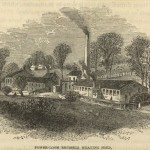 Kidderminster in the mid 19th Century
Kidderminster in the mid 19th Century
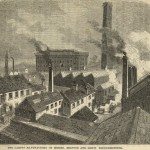 Kidderminster: the Factory Town
Kidderminster: the Factory Town






